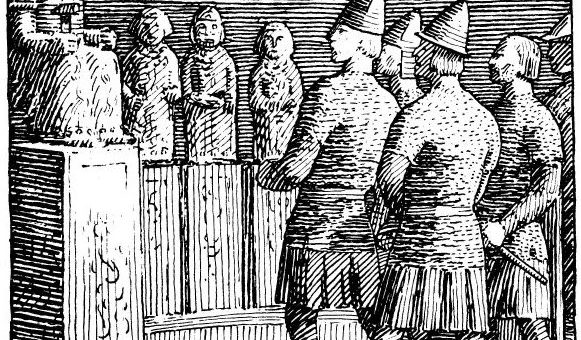
The three prominent gods of the Norse religion were Odin, Thor, and Frey. Women often turned to their favored goddess Freyja in times of need and during worship. Of all the gods, however, Thor was often a favorite deity, especially among the farmers and fishermen.
1. The Anti-Cross
Followers of the Norse religion wore the hammer, or cross, of Thor around their necks the same way Christians wear the cross. After Christianity began its invasion of Northern Europe, many of the followers of the old ways began wearing Thor’s hammer as a sort of anti-cross. It was a silent form of protest against the new religion. (Children Into Swans: Fairy Tales and the Pagan Imagination)
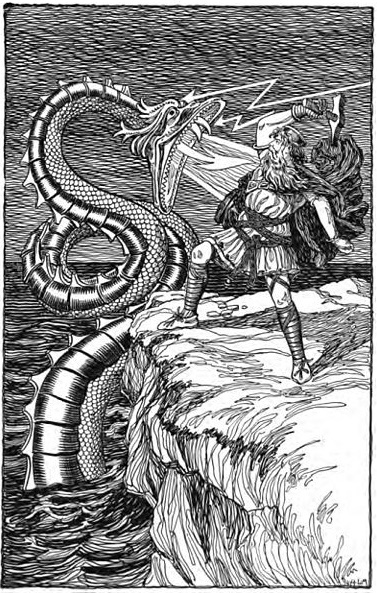
2. Thursday
Thursday is Sweden’s day of Thor. Thor’s Day was treated similarly to Christianity’s Sunday. No one did any heavy work on this day. This was also the special day of the week for predictions and divinations of all sorts.
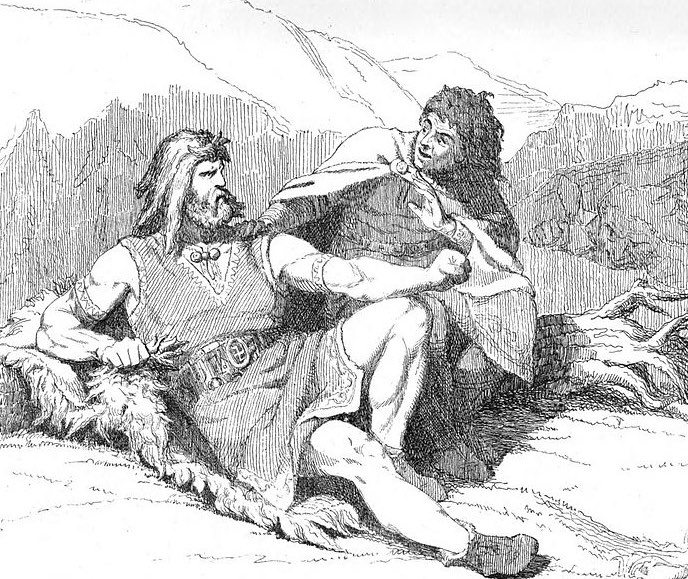
3. Ghosts
As part of the superstitions surrounding Thor and Thor’s Day, it was believed that people born on Thor’s Day had the ability to see ghosts. (The Primitive Inhabitants of Scandinavia)
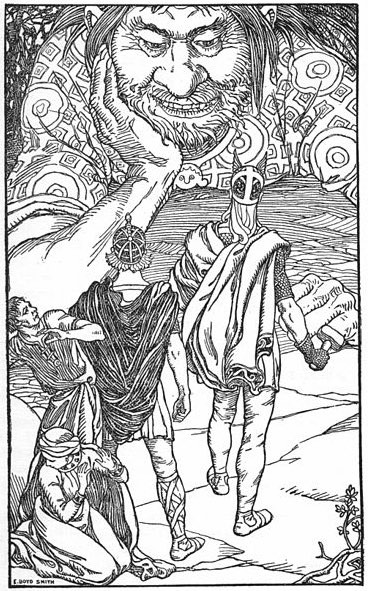
4. More Than a Brute
While Thor has been portrayed by Christianity as a loud, Pagan brute, in worship he was the god of labor, agriculture, and a summer god.
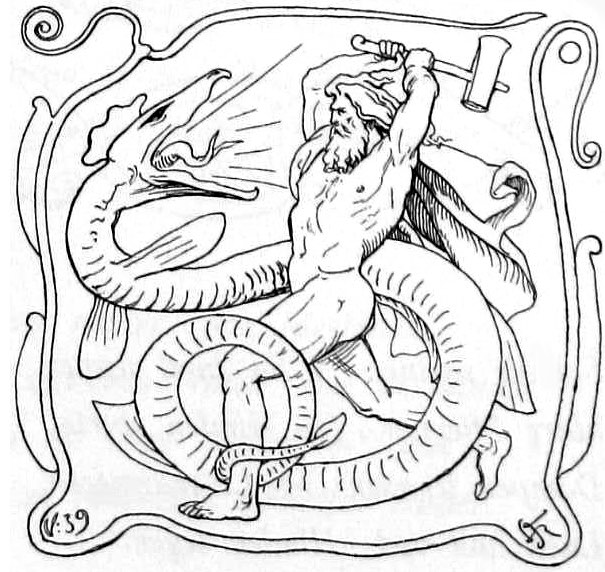
5. Animal Sacrifice
When animals were sacrificed to Thor, or to any of the Norse gods, the animals were first bled. After the animals had expired, they were butchered and cooked. Those who ate the sacrificed animals were communing with the gods. No part of the animals went to waste.
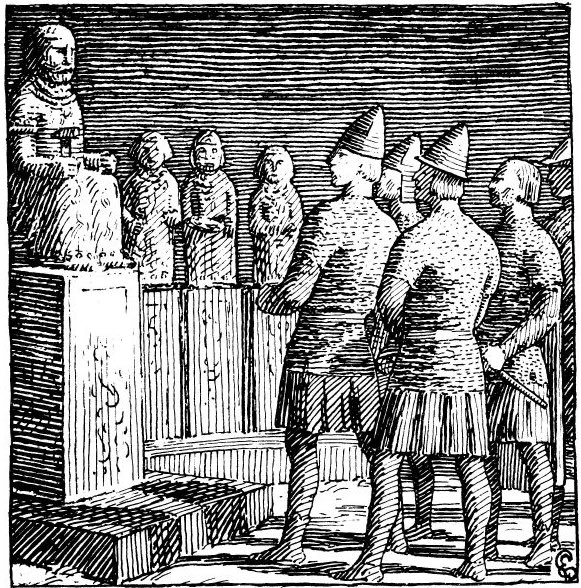
6. Oak Groves
Thor was worshipped in oak groves. Because oak trees are mighty and strong like Thor, his worshippers would visit these sacred groves to speak to him and ask for his help.
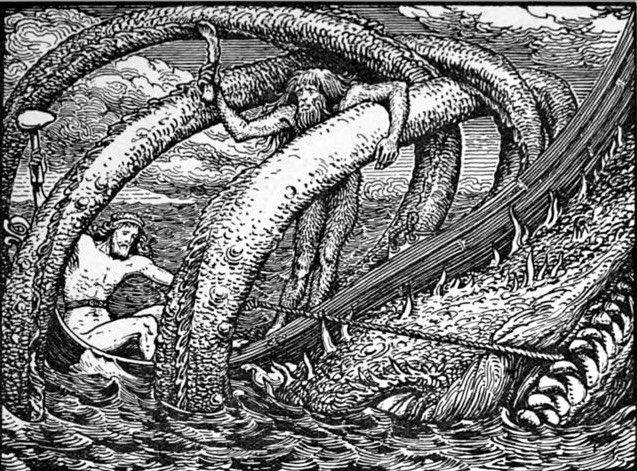
7. Idols
Images of Thor were often carved into wood or bone. Sadly, when Christianity took over, these sacred idols were destroyed. (Thor: Viking God of Thunder)
8. More Powerful Than Christ
As Christianity was being forced on the people of Denmark, some of them accepted Christ as a god, but felt that he was a weaker god compared to their Thor and Odin. This angered the Christians who then tried to portray the Norse gods as evil spirits.
While Christianity did gain foothold in Northern Europe, the old ways never fully died. Today, the old ways have returned and people are once again calling upon their gods. (A History of Pagan Europe)

